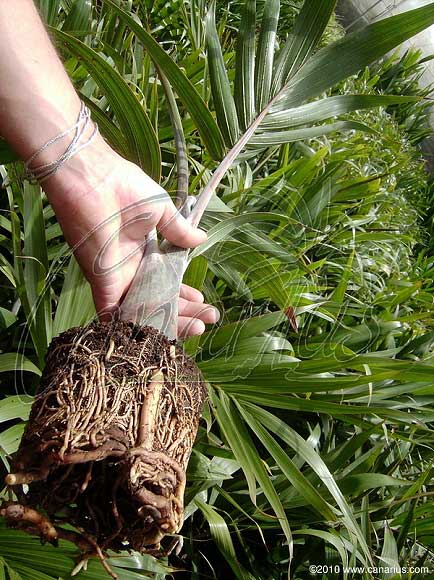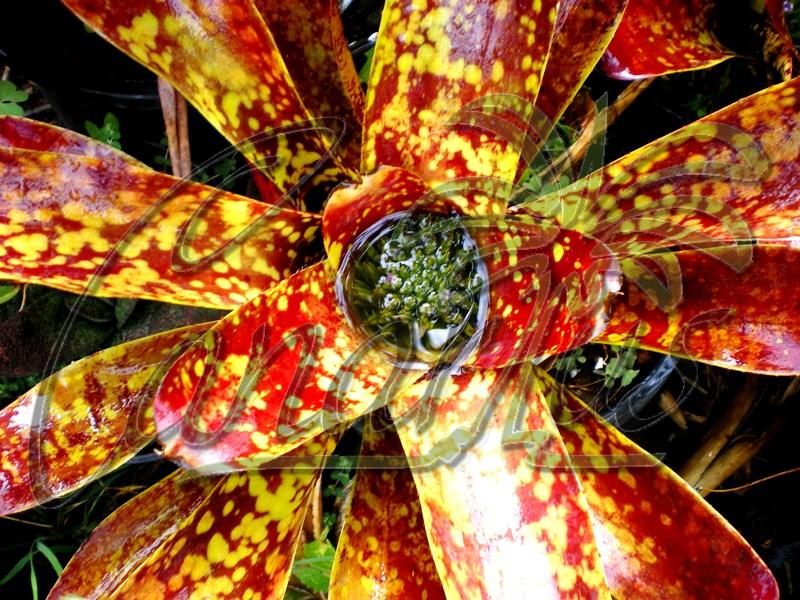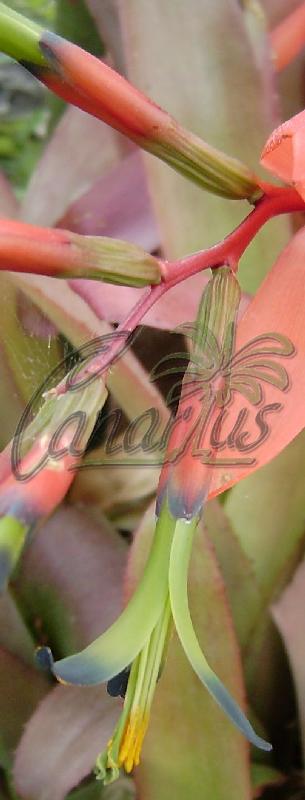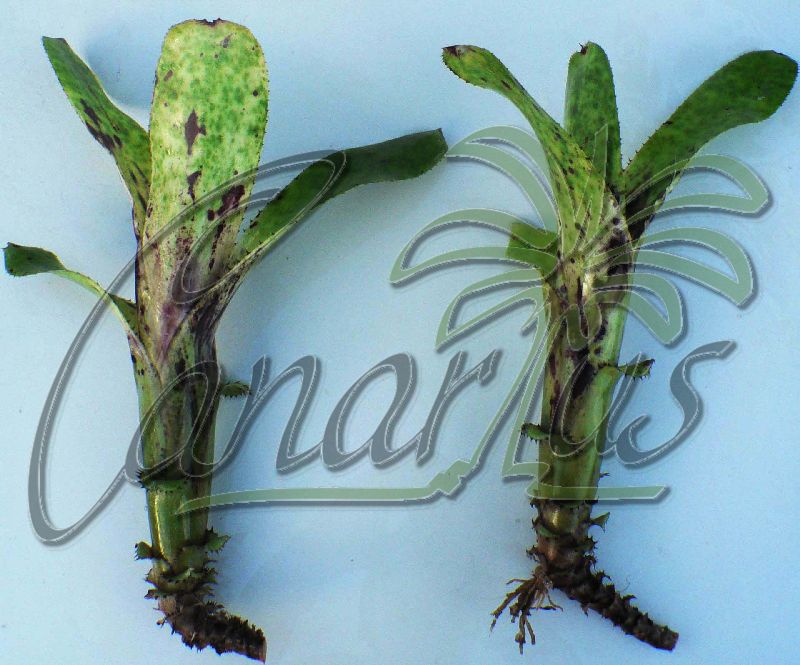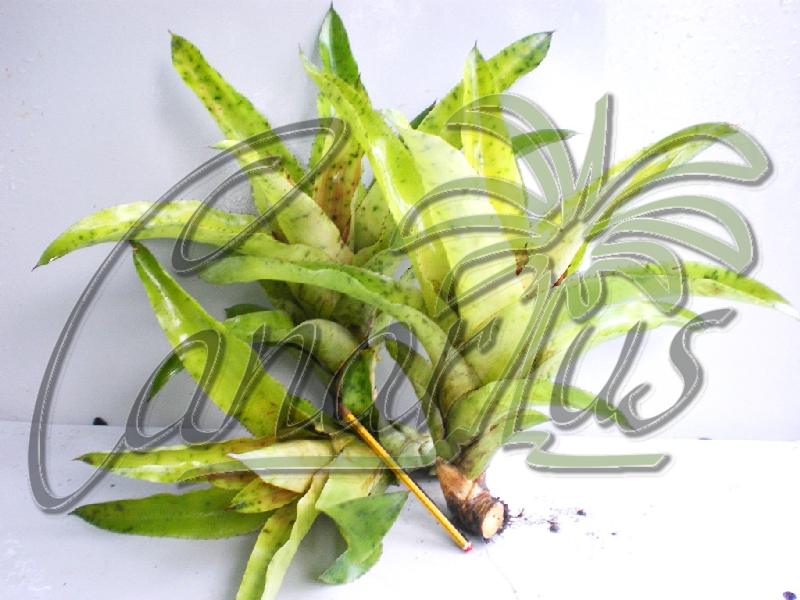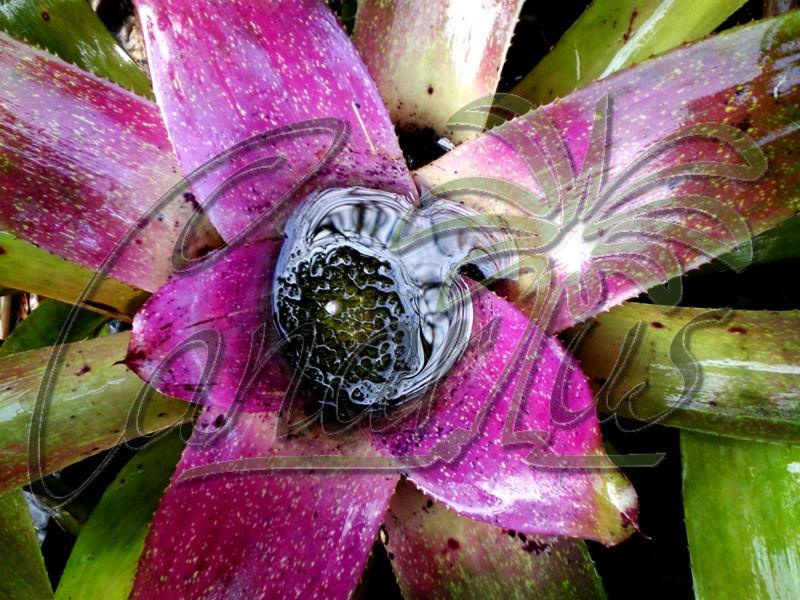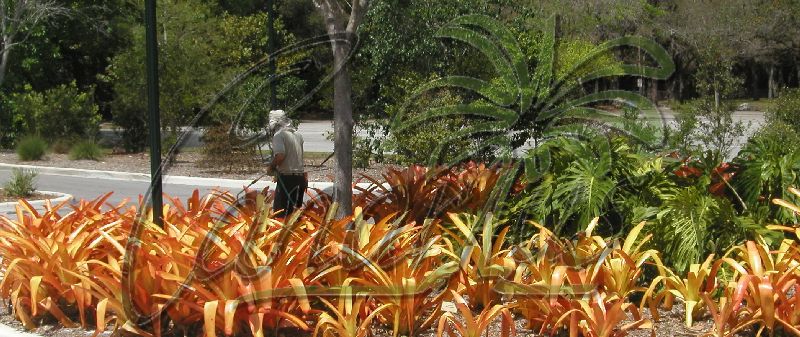You bought some unique plants from Canarius. The box took some days to reach you and all plants now need attention. Some are potted, some are bare rooted.
Here is a list of tips you might want to follow when you get your package, in order to give them the right care.
1) Unpack the box
Plants should be unpacked as soon as possible. Carefully unfold all wrappings. Some are potted, some are bare-root and different species can be differently wrapped. Be sure to keep each plant with its label. Please recycle the packing material and the box.
2) Expose them to light

Mango trees in tall pots
Put all plants standing upright and expose them to light. Avoid direct sunlight for a few days, because they have been in total darkness for a while. Potted plants will often need some water. Bromeliads will need some water within the funnel. Consider where to place your plants: if it is spring or summer, outdoor conditions will be the best. During the colder months, the house, greenhouse or conservatory might be a better choice.
3) Planting and transplanting to pots or larger pots
- POTTED PLANTS -

Young potted Archontophoenix palm
Our palms, cycads, yuccas, fruit trees and others are grown in small pots to reduce shipping costs and handling problems. You will need to transplant them to larger pots shortly after you receive the package, within a few weeks. You will often need to double the original pot size. A palm received in a 12 cm pot needs a 24 cm pot, etc. Canarius will ship only the strongest seedlings, with strong roots ready to occupy new soil. Most species will enjoy a layer of bottom drainage. Some of our plants are large enough to be planted directly in the ground, if your climate is good for them. This is the case of larger palms and cycads, and most of out fruit trees, which are grown in tall pots.
- BARE ROOT PLANTS -
Bare root Cacti and Succulents

Echinopsis aurea on the packing desk
There is no rush to plant them. Most succulent plants can wait for weeks or even months, bare-rooted, until weather warms up. Planting should be done when temperatures are warm enough. Pot size suggested is usually 1,5 times the size of the plant. Succulents should not be watered until 3 or more days after planting. If you are going to plant out hardy species in the garden, chose spring or early summer, so they will have a long growing season ahead.
Bare root Bromeliads and Heliconias

Bare root bromeliad pups ready for packing
They need to be planted as soon as possible. Bromeliads are shipped as bare root pups. Pups should be planted by lightly burying the base in the pot just 1-3 cm. Pups are often heavy and sometimes will need to be staked in order to stay in place and permit rooting. The center of each plant (funnel) must be filled with water.
Heliconias are sent as rhizomes. They are large, field-grown rhizomeswith at least two active growing points. Plant them out in large, shallow pots with good drainage, about 30 cm wide, or directly in the garden.
4) Planting outdoors in the garden: Tropical plants and cold winters
If you are growing tropical plants in northern climates, please be careful. Young plants are often less resistant to cold than adults. An adult hardy plant can take -20 C, but a young plant of the same variety should not stay outdoors in January during a storm. If you are purchasing young plants that are “marginal” in your climate, protect them in winter during a few years. Even if you are going to plant out fully hardy species in the garden, chose spring or early summer, so they will have a long growing season ahead.
5) Learn more about their needs, write back and enjoy
Be prepared to give them the best. Learn as much as you can about the plants you purchased. Different growers suggest different growing conditions. Some people prefer clay or plastic pots, different soil mixes Some of them can take snow, some can live indoors or in pots, and some are very tropical and tender and do need a greenhouse. Canarius offers a blog with abundant information. Check our pages about Tropical Gardening up North . Browse plant-related websites to find more information about the plants you are growing.
Plants are living beings – be responsible.

Many Ravenala plants ready to be shipped
















